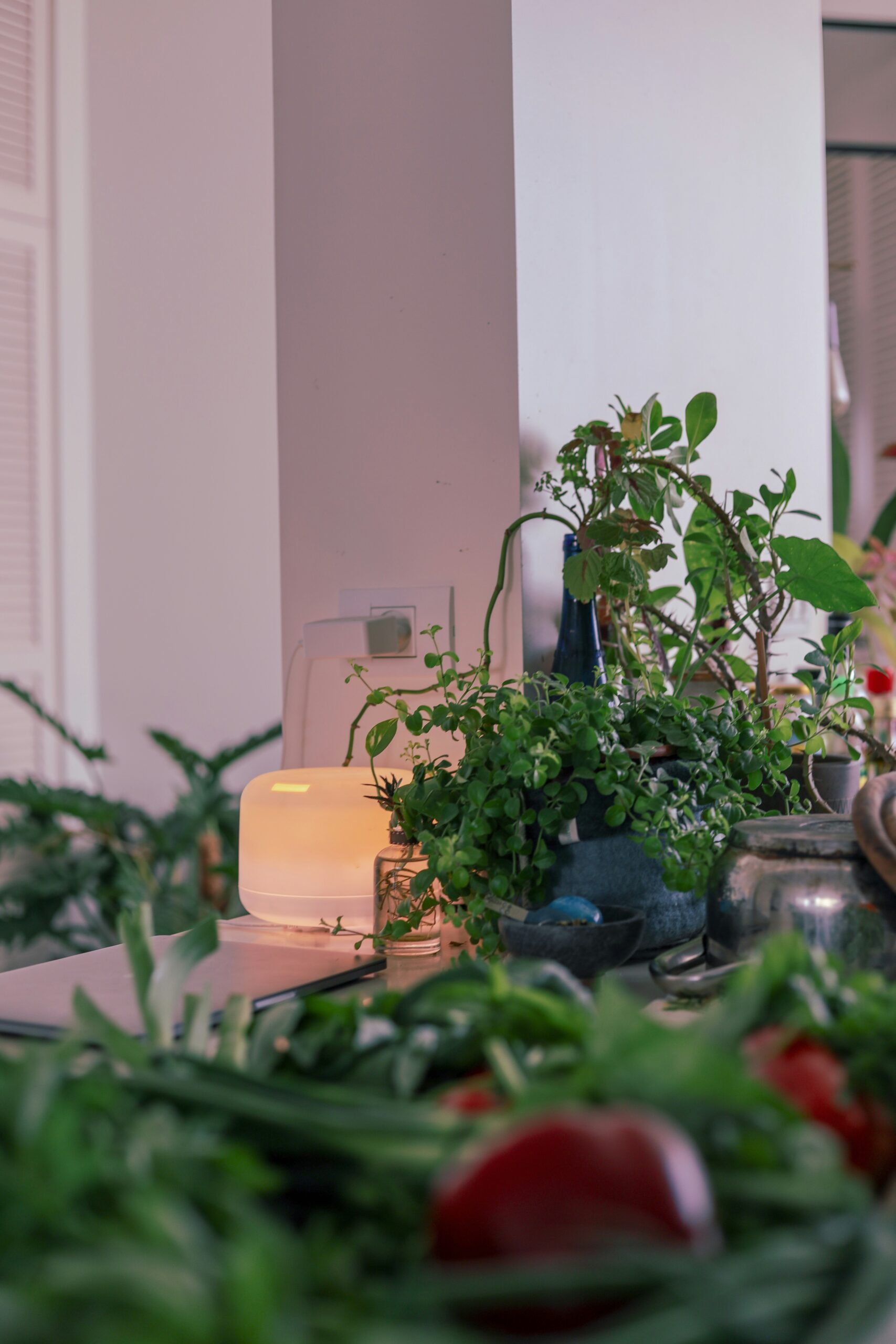

Introduction to Indoor Air Pollution
Have you ever paused to consider the air quality inside your home? Many of us focus on cleaning surfaces and decluttering but overlook an essential aspect: our indoor air. With pollutants from furniture, cleaning products, and even outdoor sources seeping in, we might be breathing in more than just fresh air.
Indoor air pollution can lead to various health issues like allergies, headaches, and fatigue. Fortunately, nature provides us with a beautiful solution—air-purifying plants. Not only do they enhance the aesthetics of your living space, but these green companions work tirelessly to filter out harmful toxins and improve overall air quality. Let’s explore how these remarkable plants can transform your home into a refreshing oasis.
The Benefits of Air-Purifying Plants
Air-purifying plants do more than just look good. They actively improve the quality of your indoor air, filtering out harmful toxins and pollutants.
These green companions absorb carbon dioxide and release oxygen, enhancing the freshness in your home. Studies have shown that certain plants can remove substances like formaldehyde and benzene from the environment, significantly reducing health risks.
Beyond their purifying abilities, these plants also add humidity to the air. This natural moisture can alleviate dry skin and respiratory issues, making breathing easier for everyone.
Moreover, having greenery around has mental benefits too. The presence of plants can reduce stress levels and boost overall mood. Just a glance at vibrant leaves can bring a sense of calmness to any space.
Incorporating air-purifying plants into your home creates a serene atmosphere while promoting better health for you and your loved ones.
Top 5 Air-Purifying Plants and their Specific Benefits
Peace Lily is not just beautiful; it excels at removing formaldehyde and benzene from the air. Its white blooms add elegance while enhancing indoor air quality.
Spider Plant is a resilient choice for beginners. Known for its ability to absorb carbon monoxide, this plant thrives in various lighting conditions, making it versatile and low-maintenance.
Snake Plant stands tall with its striking leaves. This hardy plant converts CO2 into oxygen at night, promoting better sleep and reducing toxins like xylene and toluene during the day.
Boston Fern offers lush greenery along with impressive air-purifying capabilities. It effectively removes pollutants such as formaldehyde while adding humidity back into your home environment.
Aloe Vera isn’t just a soothing gel provider; it’s also great at eliminating harmful substances like formaldehyde and benzene while releasing oxygen overnight. Its ease of care makes it an appealing addition to any space.
How to Care for Your Air-Purifying Plants
Caring for air-purifying plants is simple and rewarding. Start by choosing the right spot in your home. Most of these plants thrive in indirect sunlight. Too much direct sun can scorch their leaves.
Watering is crucial but varies from plant to plant. Check the soil’s moisture before watering; it’s better to underwater than overwater. Yellowing leaves often signal too much water, while brown tips might mean they’re thirsty.
Humidity matters, especially for tropical varieties like peace lilies and ferns. A humidity tray or occasional misting can help them flourish.
Don’t forget about dust! Wipe down leaves regularly with a damp cloth to keep them clean and enhance photosynthesis.
Fertilizing every few months during growing seasons will provide essential nutrients, boosting their purifying abilities. With just a little attention, your green friends will thrive and contribute positively to your indoor environment.
Other Ways to Improve Indoor Air Quality
Improving indoor air quality goes beyond adding plants. Regular cleaning is essential. Dust and allergens can accumulate quickly, so vacuuming carpets and wiping surfaces often makes a difference.
Ventilation plays a crucial role too. Open windows when weather permits to allow fresh air in. This simple act helps reduce indoor pollutants significantly.
Consider using an air purifier that fits your space needs. These devices can capture particles that are not easily filtered out by standard HVAC systems.
Limit the use of harsh chemicals for cleaning or personal care products. Opt for natural alternatives whenever possible to avoid releasing volatile organic compounds into the air.
Keeping humidity levels in check also enhances the atmosphere within your home. Using dehumidifiers can prevent mold growth while ensuring comfort during humid months, promoting a healthier living environment overall.
Conclusion: Create a Healthier Home with Air-Purifying Plants
Transforming your living space into a healthier environment is easier than you might think. Incorporating air-purifying plants into your home not only enhances the aesthetics but also significantly improves indoor air quality. These green companions work tirelessly to filter out toxins, creating a fresher atmosphere for you and your family.
By choosing from our top five recommended plants, such as Snake Plant or Spider Plant, you can enjoy specific benefits tailored to your needs. Plus, with proper care and maintenance, these vibrant additions will thrive in any setting.
Don’t overlook other methods to enhance air quality too—ventilation and regular cleaning play vital roles alongside greenery. Embracing nature indoors is a step towards better health and well-being.
Start cultivating that oasis today! Your body—and mind—will thank you for it.
